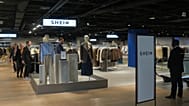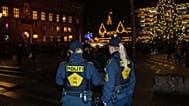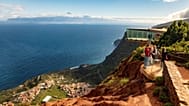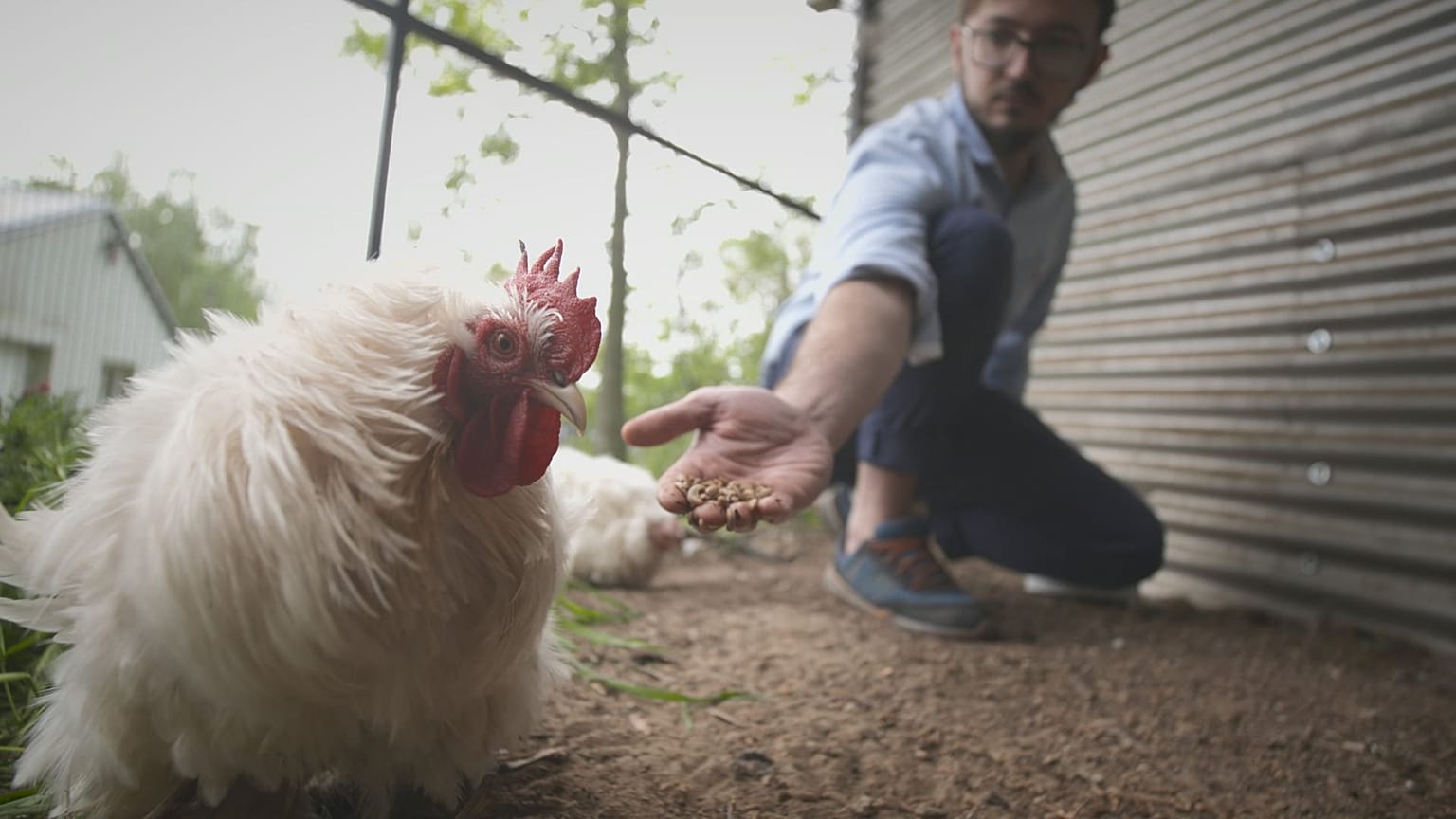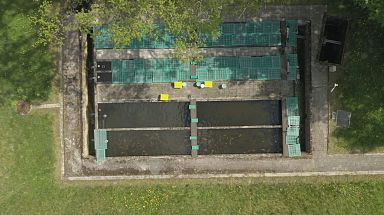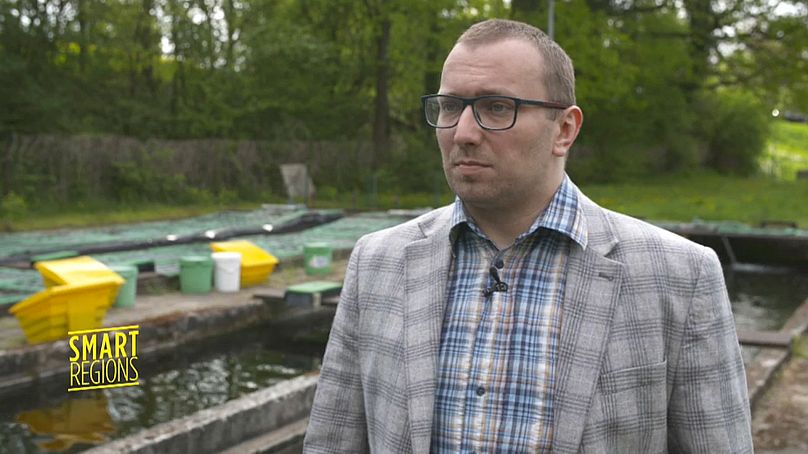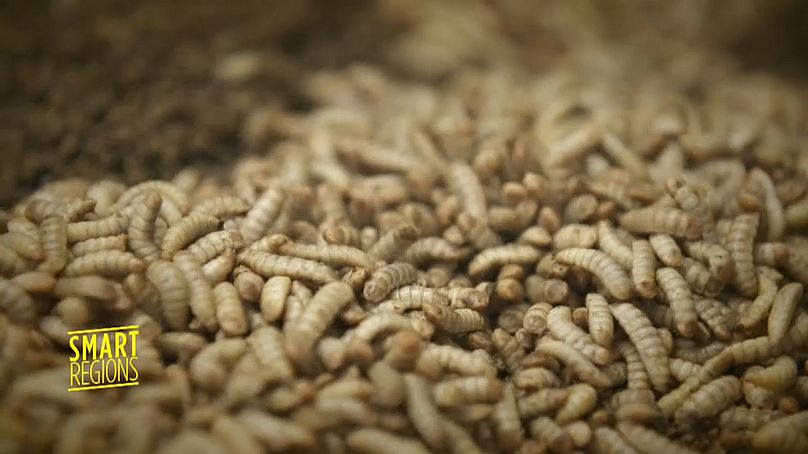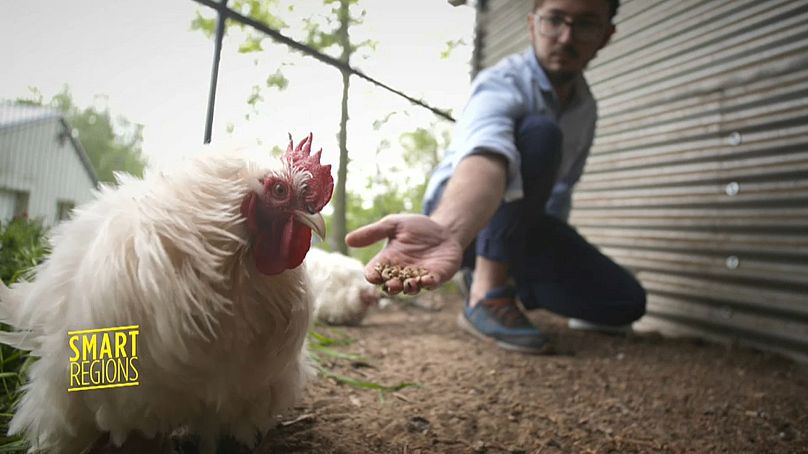In Poland, larvae and insects are used as a source of protein on fish and poultry farms. Organic waste is used to grow these larvae, thus contributing to the circular economy. Bio-recycling and technology go hand in hand in this project supported by the European Cohesion Policy.
In the ponds of an experimental fish farm in Muchocin in eastern Poland, hundreds of sturgeon are being given a special larvae and insect protein diet. The goal is to replace their regular fish feed with more sustainable sources of protein.
The company behind this innovative research is HiProMine. It's home to the European project that is developing innovative technological solutions to produce the alternative protein-larvae fish food.
Why is replacing animal feed with a sustainable protein important?
Animal scientist, Mateusz Rawski, is one of the researchers of this European project. He tells us that "when we use fishmeal, which is the most popular source of protein in aquaculture, we still have to catch fish. Every kilogram of fishmeal produced requires four kilograms of fish".
It is his opinion that to stop damaging the environment and for the safety of wild fish populations, we should find "new sources of protein for the fish which will be food for humans in the future".
Two hours east of Muchocin, at another aquaculture farm, more sturgeons are also eating insect proteins from HiProMine's laboratories.
A circular initiative
The larvae that they eat need two to eight weeks to develop. During that time, they feed on biological waste. They require very little water and their excrement can be recycled as fertilizer.
The total budget for the projects led by the company, HiProMine, is 12.5 million euros. 68% of this is funded by the European cohesion policy.
Bio-recycling combined with technology is contributing to this circular economy initiative.
Chickens get their fill
However, in this region of Poland sturgeon are not the only ones eating an insect-based diet. On an experimental poultry farm, researchers are also looking into the effects of larvae proteins on the muscles and growth of poultry.
Bartosz Kieronczyk is a scientist at Poznan University who is working on this project. He says that "we can completely replace feed fat, soya oil, palm oil and poultry fat in animal feed by adding or completely replacing it with the fat from hermetia illucens, which are the most common larvae, on an industrial scale, in Europe".
This European project led by HiProMine is part of the EU's 'Green New Deal', which aims to combat the financial crisis and climate change through eco-sustainability.

